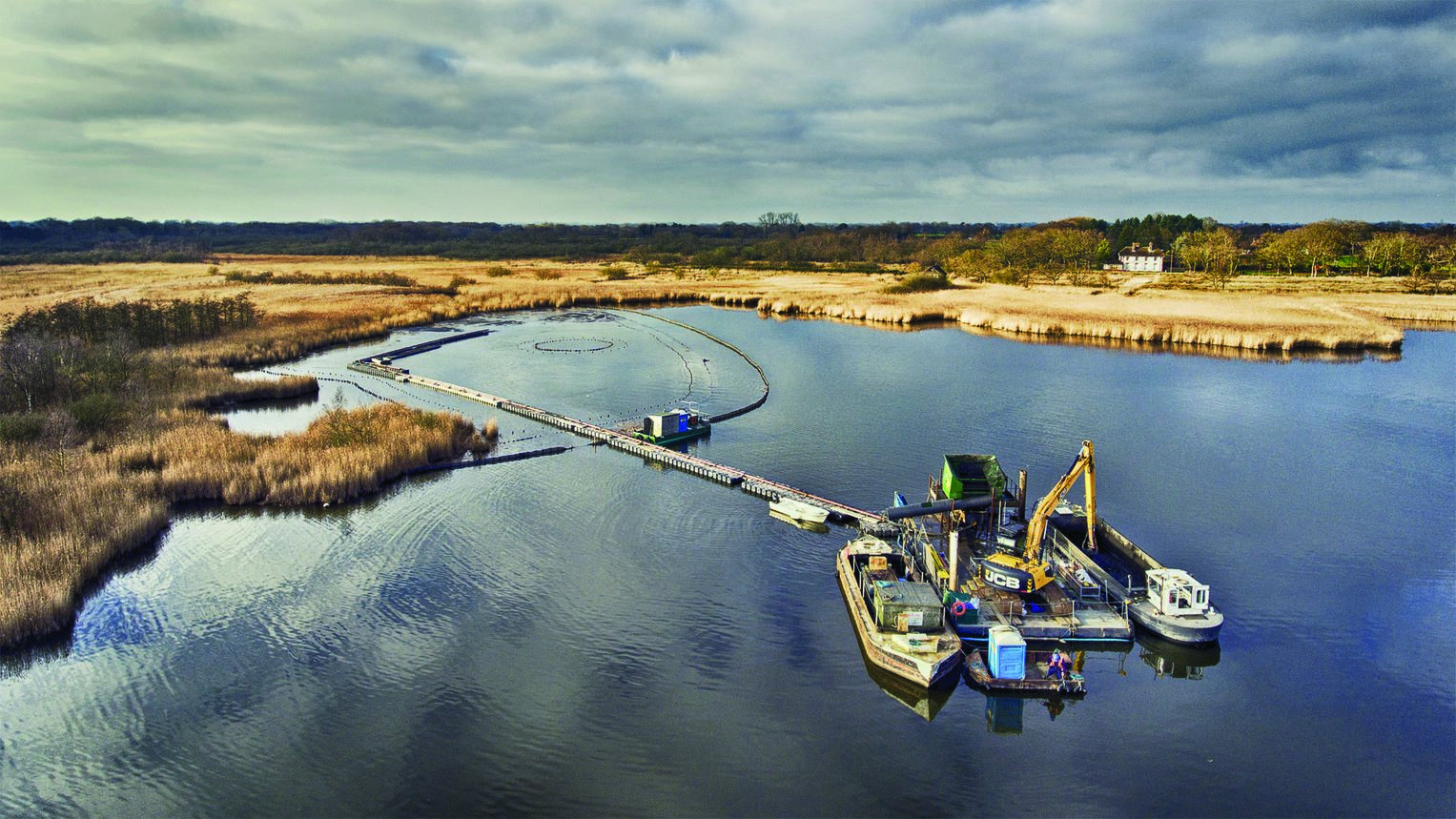
Net Zero With Nature
Net Zero With Nature
Net Zero With Nature (NZWN) is the collective strategy of the National Parks in the fight against climate change and the biodiversity crisis. It’s about creating virtuous circles between people and place, society and the environment. We work with nature to enhance it. We maximise the impact and scale of this by creating new and innovative economic and social models that allow the largest number and widest variety of partner organisations to join, enhance and grow this work. These models are sustainable in the broadest sense: by being rewarding for landowners, investors, residents, visitors, our landscapes and their habitats.
There are three elements to the NZWN strategy:
-
Revere : Investing in Natural Capital
-
Collaborative Restoration Projects
-
Climate Emergency Leadership
Scroll down to learn more about each of these.
Revere is a collaboration between UK National Parks and Palladium that aims to raise private capital to fund nature restoration in National Parks. It designs and delivers scalable Nature-based Solutions (NbS) projects that will restore degraded peatlands, grasslands, woodlands and wetlands, through the sale of monetisable ecosystem services. These include: carbon credits, biodiversity outcomes, natural flood risk management outcomes and water quality outcomes.
Revere is a first of its kind project development facility. It was created by National Parks UK in partnership with Palladium, a positive impact company that works around the globe with corporations, governments, investors and communities on nature restoration. £239m of nature restoration projects in UK National Parks have been identified for funding through Revere. Five nature restoration pilots were launched in 2021, with a total of 14 now underway.
To find out more about Revere visit the website.
If you are a landowner that is interested in finding out how Revere can help generate funds for your nature restoration work, or a company that wants to support or invest in UK nature restoration, or would like to register your interest in buying high quality UK-generated carbon credits while helping nature in National Parks, please contact us.
Collaborative Restoration Projects seek to maximise the scale and pace of nature restoration through collaboration. This happens in three main ways:
Collaborative Restoration Projects might include more than one National Park or National Parks working with other designated landscapes and organisations to restore large areas of land that run across boundaries. For example, the Great North Bog and the Nature Recovery Network.
Collaborative Restoration Projects might be co-created with funders and landowners specifically for one National Park. For example, ReNature in South Downs National Park.
Collaborative Restoration Projects might help leverage public funding to support restoration projects by specific landowner groups within National Parks. E.g through Farming in Protected Landscapes (FiPL), Environmental Land Management Schemes (ELMs) or Lottery Funding.
Below are just four examples of the sort of nature restoration work taking place across the 15 National Parks
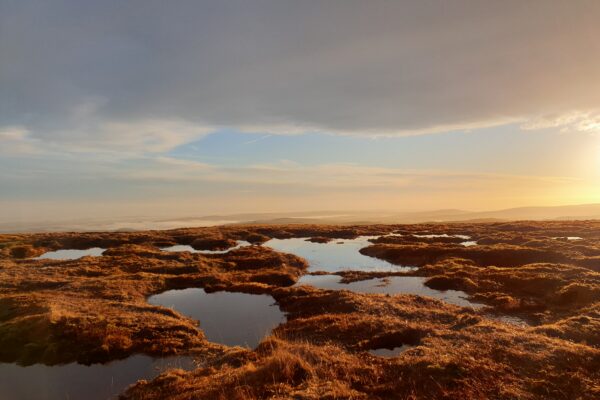
Dartmoor Peatland
Dartmoor National Park has 31,500ha of peatland – roughly the size of 77,000 football pitches – and around 40% of South West Water’s daily water supply comes from its uplands. Thanks to vital ongoing restoration work peat-forming bog plants like sphagnum moss can recolonise helping the peat to lock in and store carbon. The re-wetted peat soils will retain water and carbon, essential for all life, and these peatlands will begin to form again, improving habitats. By the end of the current phase, over 300ha of peatland will be restored in Dartmoor. Bringing the total completed to 372ha of restored peatland. Thanks to work like this, RSPB data shows Dunlin numbers have increased by 38% since restoration work started and the levels of water the bogs are holding has increased by 9cm since 2014.
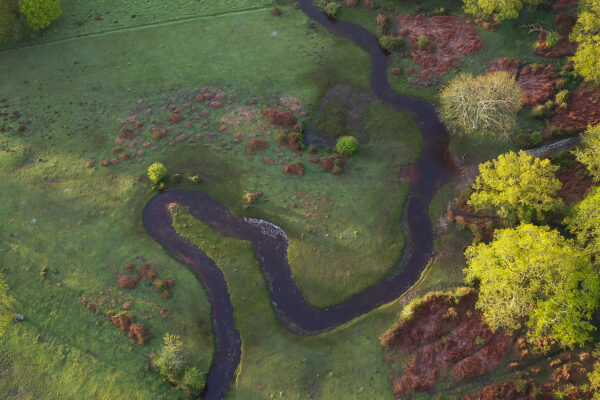
New Forest Rivers
The New Forest has some of the most internationally-important wetlands in Europe which support a large number of rare species such as the southern damselfly and curlew. As part of the Verderers of the New Forest Higher Level Stewardship scheme, more than 20 miles of streams and mires that had been drained or altered in the past have been returned to their natural courses. The restorations, led by Forestry England, are improving habitats for wildlife, helping manage flood risk in built up areas, improving carbon storage and increasing resilience to drought. Launched in 2010 as an agreement with Natural England, the scheme is managed by the Verderers of the New Forest in partnership with the New Forest National Park Authority and Forestry England. The project won the prestigious 2019 UK River Prize.
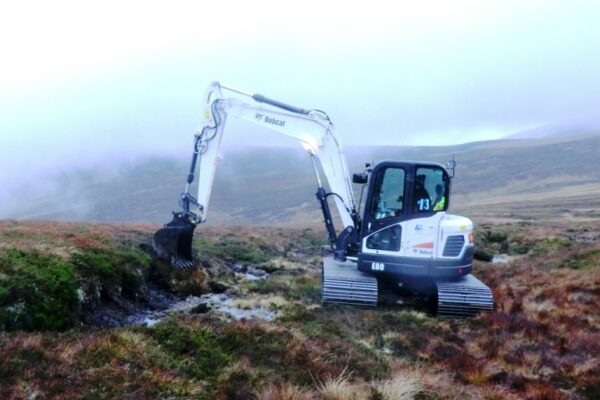
Cairngorms Peatlands
In the UK peatlands store over 3 billion tonnes of carbon, with more than half of that in Scotland. Over a quarter of the Cairngorms National Park is made up of peatlands which are vital for carbon capture and storage. Thanks to multiple projects currently 1,685 hectares of damaged peatlands have been put under restoration management using reprofiling, turfing, erosion gullies and drainage to stabilise and restore these vital peatlands. The estimated yearly reduction in carbon is 18,683 tons. Cairngorms National Park aims to restore and manage at least 4,000 hectares of peatland in the next three years.
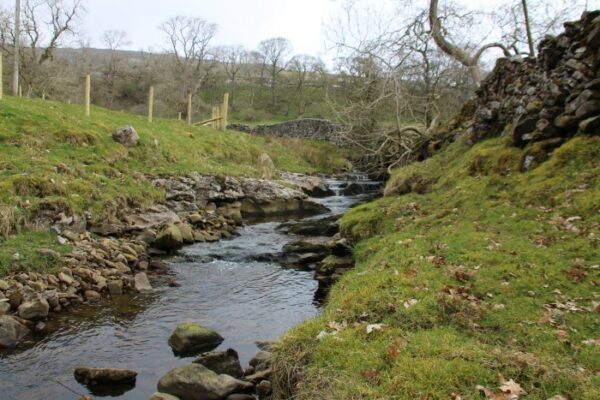
Yorkshire Dales Rivers
The ‘Keep Ure Rivers Cool’ project is in the Yorkshire Dales. The first phase of this project will see ten new woodlands created along river banks. These will create dapple shade and improve river temperatures for native fish and aquatic life including brown trout, white clawed crayfish, otters and kingfishers. The project has identified sites with the potential to deliver 6.2km of riparian creation.
As organisations we clearly state collective and individual plans to tackle the climate emergency in partnership with our local communities, partners and stakeholders. On 8th October 2021 we published a joint Climate Emergency Response Statement detailing our collective plans.
We will set ambitious targets to influence the behaviour of visitors, the wider public and partners through our involvement in scientifically robust recognised programs such as Race to Zero.
We will galvanise international efforts by creating a global movement of National Parks and protected spaces dedicated to tackling the climate emergency – sharing and enhancing the lessons from our UK work and identifying good practice wherever it takes place to share across borders.